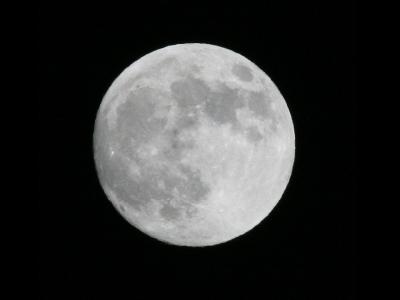|
Jugoya, or the 15th Night, refers to the 15th night of the 8th month in the lunar calendar when the moon is supposed to be especially beautiful. People enjoy looking at the moon and eating dango dumplings and taro, as well as making decorations with autumn plants such as susuki (Japanese pampas grass).
This custom comes from the mid-autumn festival in China. In Japan, in the Heian period, it became an Imperial event and was called 'Moon Feast'. Courtiers looked at the moon, wrote poems and played music.
Commoners called this event 'Taro Beautiful Moon' and it was a harvest thanksgiving festival, in which dumplings, taro, chestnuts and persimmons were eaten.
One month later, the 13th Night takes place on the 13th of the 11th month in the lunar calendar. Beans and soybeans are dedicated, and the festival was known as 'Bean Beautiful Moon'. You were supposed to enjoy the moon on both 15th and 13th Nights because if you did not, it was believed to cause bad things.
In some local versions of these festivals, local people are allowed to steal offerings or crops as a form of good luck, and these have formed parts of much-loved autumn or harvest festivals.
This custom comes from the mid-autumn festival in China. In Japan, in the Heian period, it became an Imperial event and was called 'Moon Feast'. Courtiers looked at the moon, wrote poems and played music.
Commoners called this event 'Taro Beautiful Moon' and it was a harvest thanksgiving festival, in which dumplings, taro, chestnuts and persimmons were eaten.
One month later, the 13th Night takes place on the 13th of the 11th month in the lunar calendar. Beans and soybeans are dedicated, and the festival was known as 'Bean Beautiful Moon'. You were supposed to enjoy the moon on both 15th and 13th Nights because if you did not, it was believed to cause bad things.
In some local versions of these festivals, local people are allowed to steal offerings or crops as a form of good luck, and these have formed parts of much-loved autumn or harvest festivals.
| [+ADDRESS] | 
|














